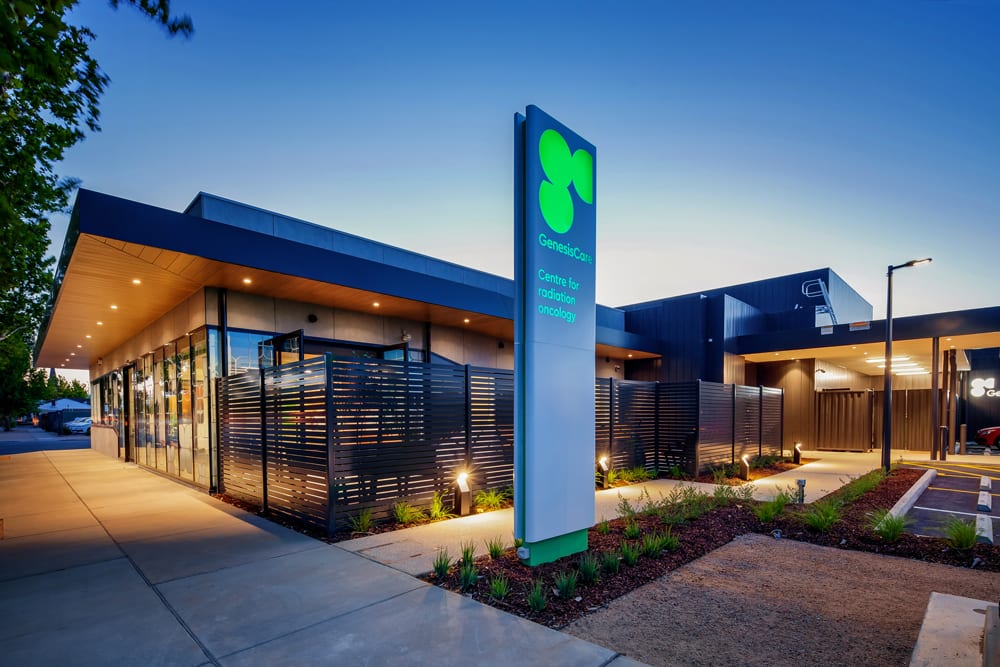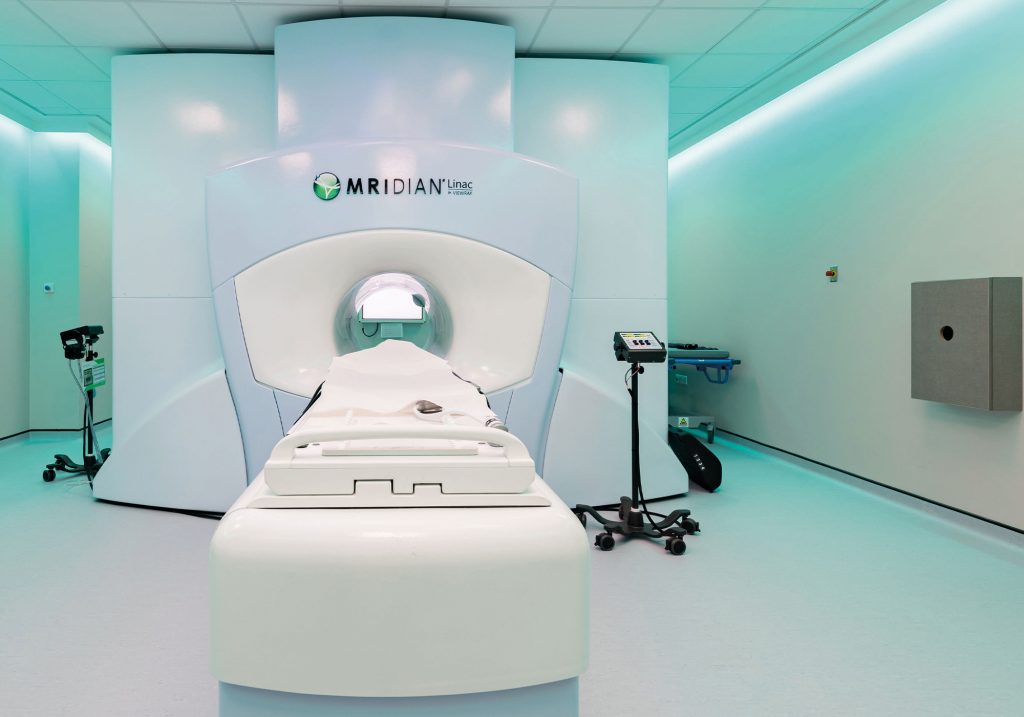A case study of MR-guided radiotherapy to treat a famous sportsman with prostate cancer and didn’t want to compromise his quality of life
Case presentation
An exceptionally fit, 72 year old former world champion hockey player and member of the England’s masters over 70’s hockey team was diagnosed with localised prostate cancer. His staging was T3aN0M0, a Gleason score 8 and PSA value of 15. (Prostate volume 56 ccc and IPSS score 14). The patient was seen by a Urologist and was not satisfied with having surgery due to the risk of incontinence which may affect his sporting ability and quality of life.
External beam radiotherapy (EBRT) was considered as a next line of treatment by his Urologist. The patient expressed his concerns at the first consultation, about a prolonged course of radiotherapy and the potential detrimental effect on his bowel function and time commitment to 4 – 7.5 weeks of radiotherapy.
Challenges of presentation and treatment decision
The patient was offered Stereotactic Ablative Radiotherapy (SABR), delivered on the MRIdian MR Linac for MR guided treatment at GenesisCare in Oxford. The daily adaption can allow for intra and inter fractional movement of the prostate and organs at risk (OARs), improving the treatment accuracy and therefore reducing toxicity to the healthy tissue. This could help to achieve a better quality of life (QoL) for the patient, allowing him to continue with his sporting career with limited time commitment.
MRIdian treatment
The patient was treated with 5 fractions of SBRT using the MRIdian MR Linac for MR-guided treatment delivery, with the aim to achieve maximum disease control or be curative.
SABR treatment on the MRIdian was prescribed at 36.25Gy in 5 fractions (alternate days).
During each treatment session, daily adaptation was performed to account for changes in the position of the prostate due to variable bladder and bowel filling. It has been well recognised, across several studies that the prostate moves during the course of radiotherapy. Each treatment including set-up and plan adaptation took 45 to 60 minutes of time the patient was on the bed.
At each session, the target was recontoured by the treating Clinical Oncologist and the plan was adapted daily before treatment, to ensure accuracy due to the degree of movement and shifting of the prostate influenced by the bowel and bladder filling.
Results and follow-up
Minimal side effects were recorded with a grade 1 bowel and grade 1 urinary toxicities, both of these settled very quickly after treatment. His endocrine treatment has now stopped and within 3 weeks the side-effects of tiredness has reduced, resulting in the patient feeling significantly better.
His PSA was recorded, 0.4 after 4 months of completion his treatment. The result displayed an excellent biochemical response (comparison to a PSA value 15 at the beginning of his radiotherapy treatment).
Immediately after treatment the patient continued with their hockey without any issues and also participated in a competitive hockey match outside of the UK. The patient is thoroughly satisfied with their treatment and is continuing to enjoy their excellent quality of life.
If you would like more information about how to access these treatments for your patients, please don’t hesitate to contact sabr@genesiscare.co.uk
Kind regards,
Dr Prantik Das
Clinical Oncologist and MRIdian Specialist




